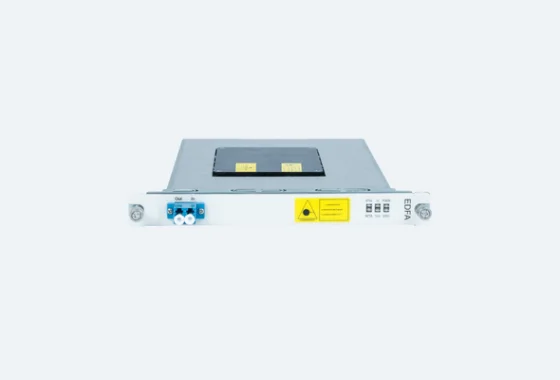In the intricate world of automotive electronics, the Engine Control Unit (ECU) plays a pivotal role in managing engine performance, emissions, and overall vehicle functionality. However, one component that often goes unnoticed yet is crucial to the ECU's operation is the ECU relay. This article delves into the multifaceted role of the ECU relay, its operational principles, and its significance in modern vehicles.
Understanding the ECU and Its Functionality
Before we explore the ECU relay, it’s essential to understand the ECU itself. The ECU is essentially the brain of the vehicle, responsible for processing data from various sensors and making real-time adjustments to optimize engine performance. It controls fuel injection, ignition timing, and other critical functions, ensuring that the engine runs efficiently and meets regulatory standards for emissions.
What is an ECU Relay?
An ECU relay is an electromechanical switch that controls the power supply to the ECU and other associated components. It acts as a gatekeeper, allowing or interrupting the flow of electrical current based on the signals it receives. Typically, the ECU relay is located in the vehicle’s fuse box or relay panel, and it is designed to handle high current loads, ensuring that the ECU receives a stable power supply.
The Operational Mechanism of the ECU Relay
The operation of the ECU relay can be broken down into several key stages:
- Signal Reception: The relay receives a signal from the ignition switch or another control module when the vehicle is started. This signal activates the relay.
- Magnetic Activation: Once activated, an electromagnetic coil within the relay generates a magnetic field, which pulls a metal armature. This action closes the relay contacts, allowing electrical current to flow to the ECU.
- Power Distribution: With the contacts closed, the ECU receives the necessary power to function. This power is critical for the ECU to process data from various sensors and execute commands.
- Deactivation: When the ignition is turned off, the signal to the relay is cut, the magnetic field dissipates, and the armature returns to its original position, opening the contacts and cutting off power to the ECU.
Importance of the ECU Relay
The ECU relay is vital for several reasons:
- Power Regulation: It ensures that the ECU receives a consistent and adequate power supply, which is essential for its operation. Fluctuations in power can lead to erratic engine behavior or even complete failure of the ECU.
- Protection: The relay serves as a protective device, preventing overloads that could damage the ECU. By controlling the current flow, it mitigates the risk of electrical failures.
- Efficiency: By allowing the ECU to operate only when necessary, the relay contributes to the overall efficiency of the vehicle’s electrical system. This efficiency is particularly important in modern vehicles, which rely heavily on electronic systems.
Common Issues Related to ECU Relays
Despite their robustness, ECU relays can encounter issues that may affect vehicle performance. Some common problems include:
- Relay Failure: Over time, the relay can wear out or fail due to heat, corrosion, or mechanical wear. A failed relay can prevent the ECU from receiving power, leading to engine stalling or failure to start.
- Poor Connections: Corroded or loose connections can impede the relay's ability to function correctly, resulting in intermittent power supply to the ECU.
- Electrical Shorts: Shorts in the wiring can cause the relay to activate unexpectedly or fail to activate, leading to erratic engine performance.
Diagnosing ECU Relay Issues
Diagnosing problems with the ECU relay typically involves a few steps:
- Visual Inspection: Check for signs of damage, corrosion, or loose connections at the relay and its wiring.
- Testing the Relay: Use a multimeter to test the relay’s continuity and functionality. A relay that fails to activate or shows inconsistent readings may need replacement.
- Checking Power Supply: Ensure that the relay is receiving the correct voltage from the ignition switch or control module.
- Consulting Diagnostic Tools: Modern vehicles are equipped with onboard diagnostics (OBD) systems that can provide error codes related to ECU and relay issues, aiding in accurate diagnosis.
Conclusion
The ECU relay may not be the most glamorous component in the automotive electrical system, but its role is undeniably critical. By ensuring a stable power supply to the ECU, it facilitates optimal engine performance and vehicle reliability. Understanding the function and importance of the ECU relay can empower vehicle owners and technicians alike to maintain and troubleshoot their vehicles more effectively. As automotive technology continues to evolve, the significance of such components will only grow, making it essential to appreciate the intricate web of systems that keep our vehicles running smoothly.



